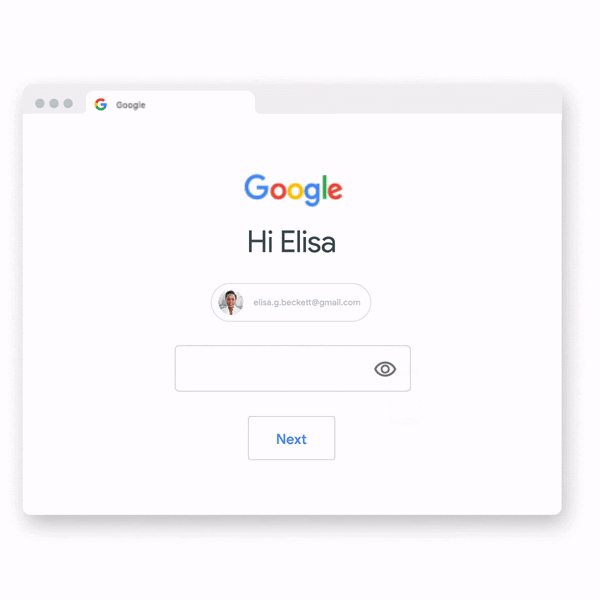Google today announced plans to automatically register 150 million user accounts in the 2-step verification system (XNUMXSV) by the end of the year.
These are accounts where Google's 2SV login feature can be enabled, but the users they haven't done it alone.

"We are currently automatically registering Google accounts that have the appropriate backup mechanisms to make a seamless transition to 2SV", Reported Google in a blog post.

Also included are users with modern smartphones running the latest versions of the Android operating system.
Once Google has enabled 2SV, users will have to confirm a prompt that appears on the smartphone τους κάθε φορά που συνδέονται στον λογαριασμό τους με νέα συσκευή, εφαρμογή ή πρόγραμμα browsing.
Today's announcement is the first step Google has taken to launch the 2SV auto-registration plan, which it announced in May when it promised to automatically enable 2SV connection support for all its users by default.
Under this plan, most users will have 2SV enabled in their accounts by next year.
In addition, Google also takes steps to secure its creator accounts YouTube, which have often been at the center of many breaches in recent years.
As of November 1, Google has stated that all YouTube creator accounts with revenue-enabled features will not be able to access the YouTube Studio section unless they enable 2SV.
It should be mentioned that the market for hacked YouTube accounts is thriving in the underground hacking forums, and prices range from $5 to $1.000.





